ERA's GHS Compliance Guides
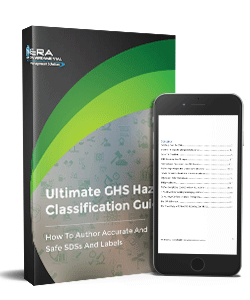
The Ultimate GHS Hazard Classification Guide
The Globally Harmonized System is a complex and vast network of chemical hazard classifications and determinations. Authoring an SDS that keeps you in GHS Compliance takes chemical expertise and SDS knowledge.
This comprehensive PDF guide details the step-by-step process to classify your hazards according to GHS standards. If you author any number of SDSs, this guide is a must read.
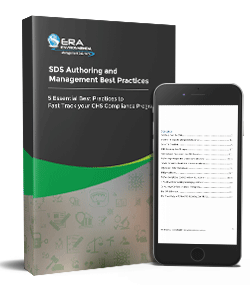
SDS Authoring and Management Best Practices
Safety Data Sheet (SDS) authoring extends far beyond simply generating reliable SDSs - it is a business expense, compliance obligation, and source of risk.
This guide, written specifically for executives, outlines cost-saving measures and best practices you should implement to maximize the benefits of your Globally Harmonized System (GHS) compliance.
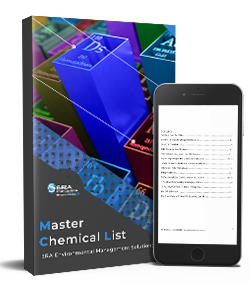
Showcasing the Master Chemical and Regulatory List
Part of what makes our software different is our built-in Master Chemical List (MCL), which acts as the accurate and comprehensive backbone for your in-depth emissions reporting, chemical inventory management, Globally Harmonized System compliance, and environmental management. This database houses regulatory information for over 215,000 chemicals and is updated regularly by our scientists.
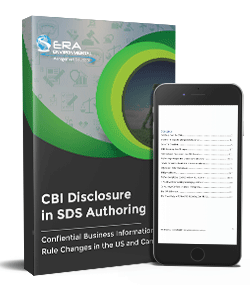
CBI Disclosure in SDS Authoring
New regulations in North American markets are compelling companies to disclose the exact contents of their products. This can cause serious confidential business information concerns for companies that need to protect their mixtures and chemical compositions.
This PDF outlines the specific information you'll need to cover you and your facility from a CBI viewpoint, complete with specifics on the process of applying for an exemption.

Redesigning Your SDS Management System to Ensure GHS Compliance
The way you manage your Safety Data Sheets has a major impact on your GHS compliance status.
This PDF guide takes you through the steps you can take to redesign your electronic SDS Management System according to OSHA's amendments to the HazCom Standard to ensure it is GHS-compliant and keeps your employees safe.
ERA's GHS Compliance Guides
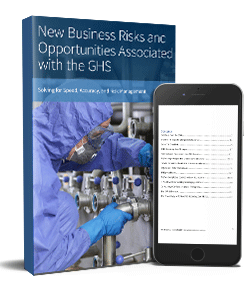
New Business Risks and Opportunities associated with the GHS
The Globally Harmonized System (GHS) introduces a wide array of risks and opportunities to any business that produces, exports, or imports chemical products. With the US and Canada transitioned to the UN's global standards, authoring compliant SDS is not only good practice but also a requirement.
This eBook for executives outlines the risks that the GHS poses to your business as well as the opportunities that await businesses that implement a proper authoring system.

The GHS Limitations Guide: How GHS Compliance is Only The Beginning
If you thought chemical product safety ended with the Globally Harmonized System, then this PDF whitepaper is for you. Discover what the limitations of GHS compliance are and where the future of international chemical transportation and safety are going.
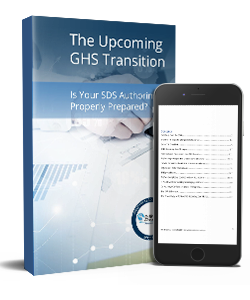
The Upcoming GHS Transition: Is Your SDS Authoring Properly Prepared?
With both Canada and the United States putting a new focus on GHS compliance, it's vital to know how the SDS Authoring standards will affect your business.
This PDF guide gives you a breakdown on SDS language requirements, SDS authoring processes, and dives into transportation and shipping legislation.

7 Tips for a Smooth GHS Transition
If your business is transitioning to being in full GHS compliance, this short PDF tip sheet will start you off on the right foot.
You get short and sweet action items for SDS authoring and how to update your chemical hazard management system to ensure you comply with the Globally Harmonized System.
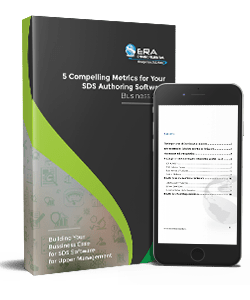
5 Compelling Ways to Justify your SDS Software Business Case
This PDF guide gives you the framework to talk about GHS compliance with your executives and managers in plain, results-oriented language that will make an impact.
Your executives want to know the costs and benefits of a GHS Compliance and SDS Authoring system; this guide gives you the outline to communicate a compelling ROI justification.
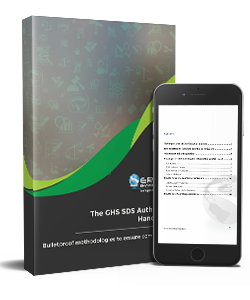
The GHS SDS Authoring Handbook
Authoring Safety Data Sheets (SDS) for GHS (Globally Harmonized System) compliance can be difficult, even for the most seasoned chemist. This PDF handbook provides step-by-step guidelines for authoring your SDSs, complete with references to official UN resources.
Get simplified instructions on authoring your SDSs and see dramatic reductions in how long you spend on SDS creation.
©2025 ERA Environmental, Inc. All rights reserved. Privacy Policy